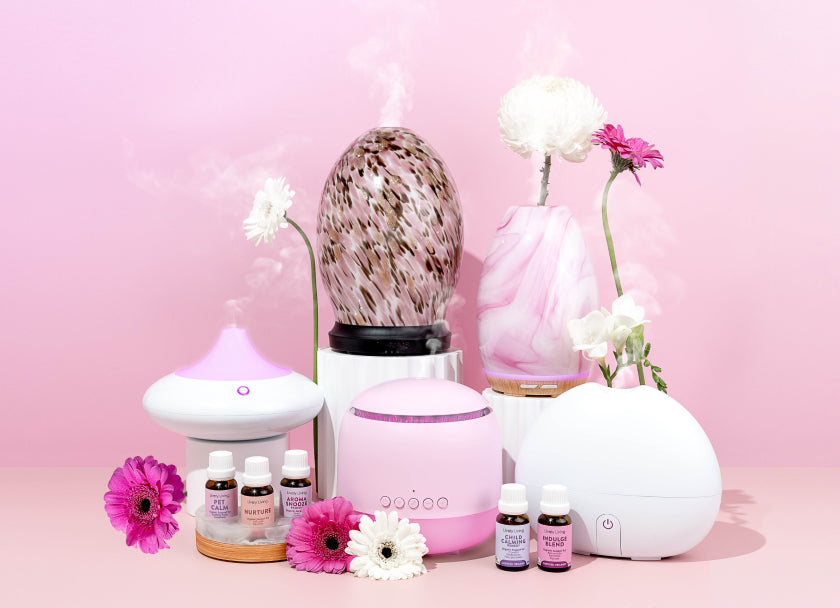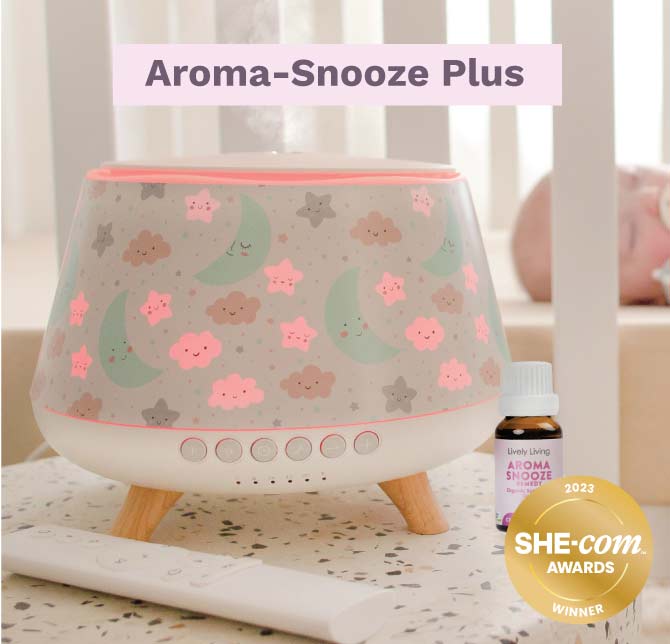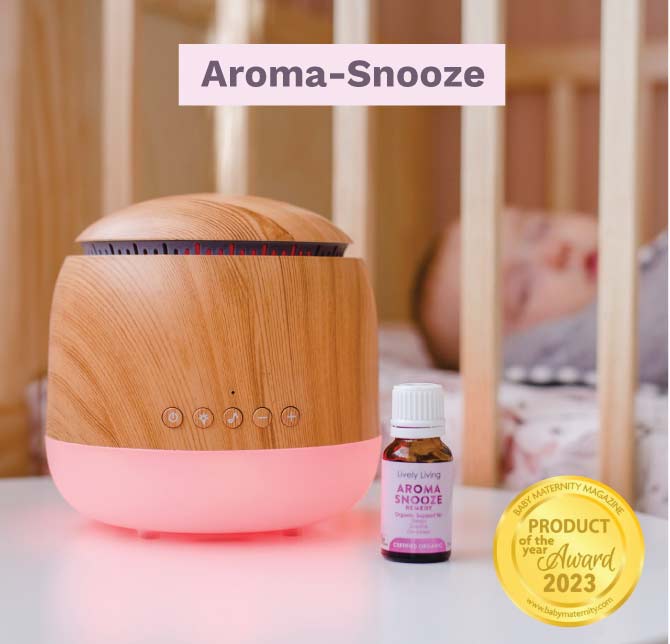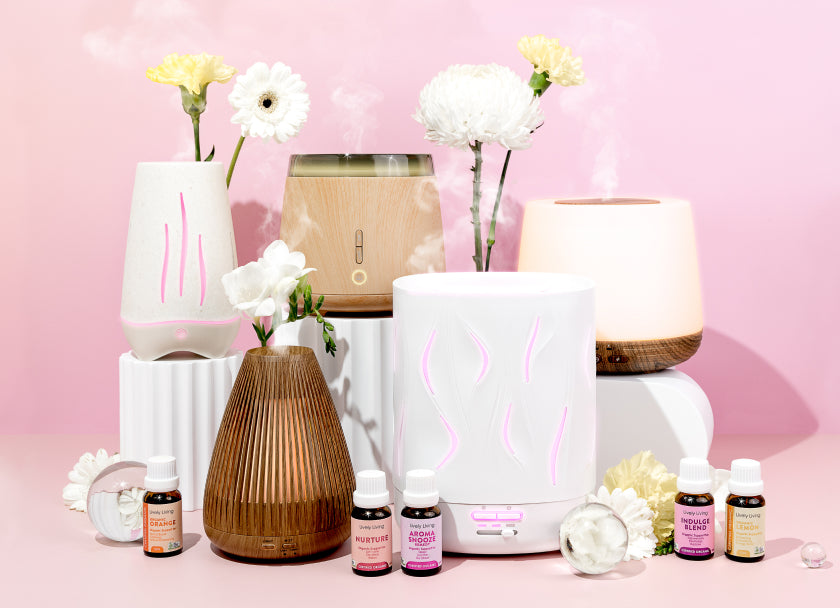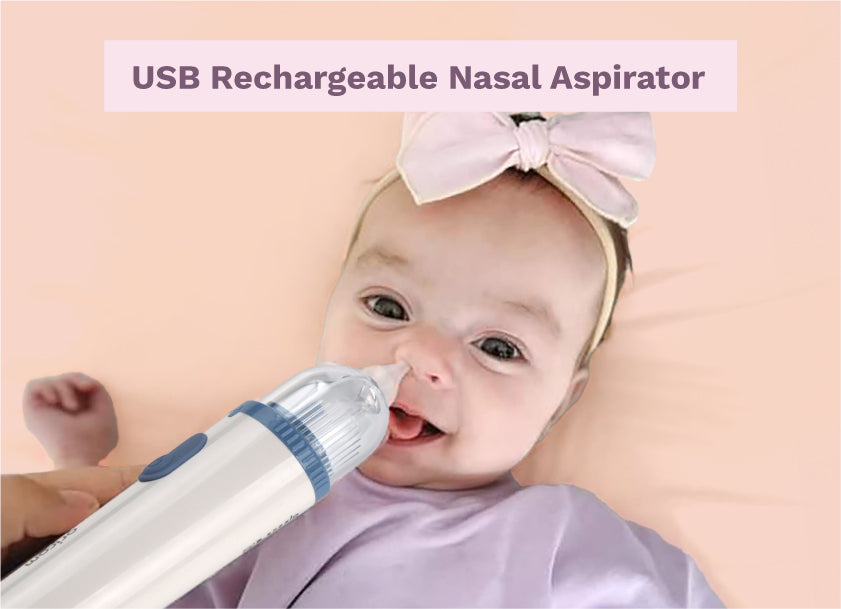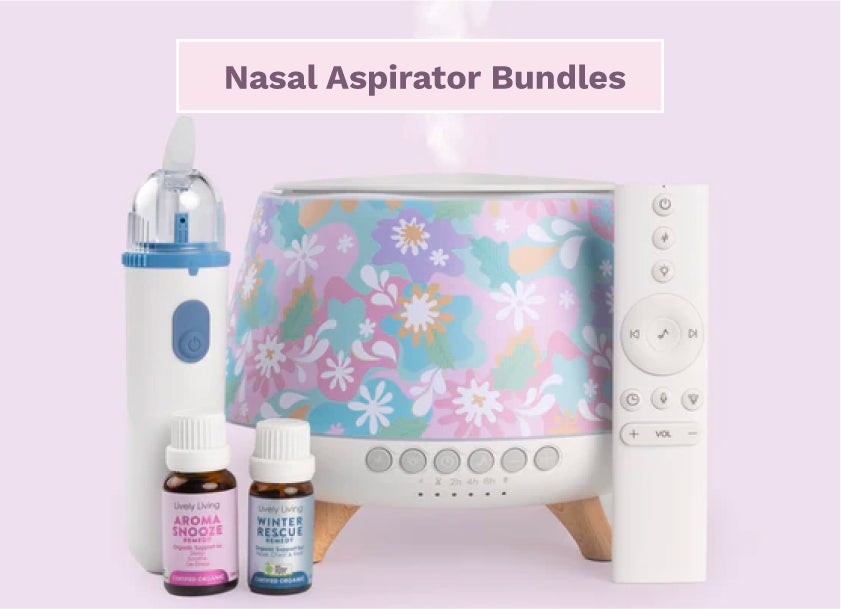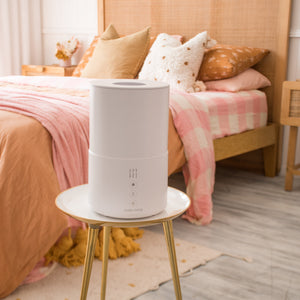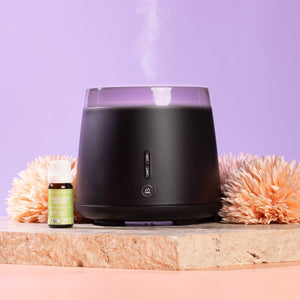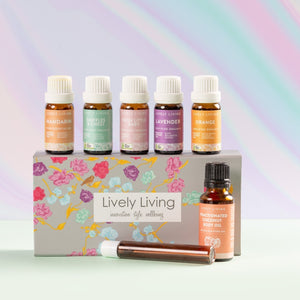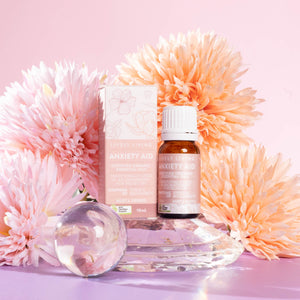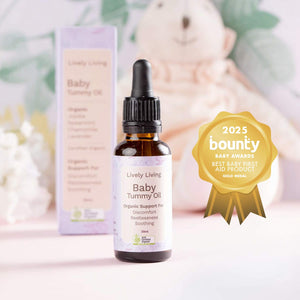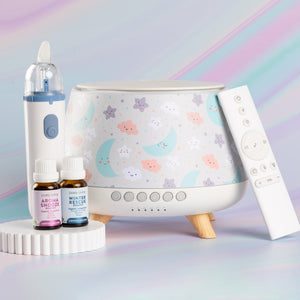Essential Baby Cold and Flu FAQ: A Parents Guide
It's scary when your little one is under the weather. Figuring out parenting can feel hard, and searching the internet for 'baby cold and flu FAQ' can be overwhelming. But as a parent, you have the right to be informed on common symptoms.
This guide offers insights on helping babies through cold and flu season. You'll also find support on how to tackle some frequently asked questions that arise with the topic of baby cold and flu FAQ.
Table Of Contents:
- Understanding Cold and Flu in Babies
- Treating Baby Cold and Flu at Home
- When to Seek Medical Help
- Preventing Baby Cold and Flu FAQ
- Alternative and Supportive Care
- FAQs about Baby Cold and Flu
- Conclusion
Understanding Cold and Flu in Babies
Babies, especially in their first year, are still developing their immune systems. Because of this, they're more likely to catch common colds. The Mayo Clinic notes that the average baby experiences six to eight colds in their first year.
A cold is a viral infection of the upper respiratory tract. The flu, or influenza, is similar but presents with more intense symptoms. These illnesses can bring worries, even about specific situations like whether it's okay to bathe a baby with a runny nose.
Common Symptoms
Common cold symptoms in babies often include a runny or stuffy nose, sneezing, and a cough. Sore throat and earaches may also accompany cold symptoms. Some babies might develop a fever, as well.
With the flu, many of these symptoms are similar. Other possible flu symptoms might be muscle aches, shivering, and alternating feelings of being hot and cold.
RSV in Babies
Respiratory Syncytial Virus (RSV) is a very common virus, especially in young children. This virus tends to be more prevalent during colder months.
RSV can sometimes lead to more serious issues like bronchiolitis. Symptoms of RSV typically show up a few days after infection and can last for about 10 days. In some instances, RSV may also result in a bacterial infection.
Treating Baby Cold and Flu at Home
Often, there's no instant cure for a cold or the flu. However, there are several things you can do to provide comfort to your child. Providing comfort to a child when they are feeling under the weather, goes a long way.
The primary approach is supportive care, focusing on easing their symptoms. Keep a watchful eye for signs of improvement, or if you need to seek medical advice.
Comfortable Rest
Plenty of rest is crucial for recovery. Ensuring your baby gets adequate sleep allows their body to focus on healing.
Consider slightly elevating the head of the crib. This can help with easing any trouble breathing during sleep. A calm, quiet environment helps restful sleep.
Keep up Fluid Intake
Staying hydrated is vital, especially when a baby is fighting off a cold or flu. Regular feeding, whether with breast milk or formula, is a top priority.
Fluids can help soothe a sore throat. Fluids also prevent dehydration if they have a fever, vomiting, or diarrhea.
Clearing Nasal Congestion
For babies, a stuffy nose can be very disruptive. Clearing their nasal passages can provide significant relief, particularly for feeding and sleeping.
Saline nose drops can simplify blowing their nose. Consider gently cleaning their nose often with a product designed for babies, to keep their nasal passages clear, making your child feel more comfortable. We recommend the USB rechargeable Nasal Aspirator. It is quick, effective and helps remove nasal congestion in less than 10 seconds.
Medications
Certain medicines should be avoided. First-generation antihistamines are not suitable for kids and have been subject to safety-related changes.
Decongestants are also not recommended, and cough syrups lack scientific evidence of effectiveness. The Therapeutic Goods Administration recalled products containing pholcodine due to potential dangers when used with certain other medications. The Therapeutic Goods Administration sets a precedent for how important certain precautions are, so check your over-the-counter medicines.
When to Seek Medical Help
Most colds and flu in babies can be managed at home. It's important to be aware of the difference it makes for a baby to seek medical attention when it comes to their child's health.
Trouble Breathing
If your baby shows any signs of trouble breathing, it is important to act swiftly. Rapid breathing, or if their chest pulls in sharply, requires immediate attention. Also, look for bluish lips or face as another warning sign.
Contact emergency services or go to the nearest emergency department. Swift action can be crucial in cases of breathing difficulties.
Persistent or High Fever
A fever that doesn't subside can be concerning. It's important to call a doctor if an infant three months of age or younger develops any type of fever.
If the fever is consistent in babies over 3 months, or gets really high, seek professional medical advice. A high temperature indicates the body is fighting an infection, but a lingering fever needs evaluation.
Feeding Issues
If a baby refuses feeds for several hours, take note. They could become dehydrated from refusing to take in liquids for long periods of time.
If a baby isn't eating for many hours and is producing fewer wet diapers, seek help. A health service professional can provide the best action plan to make sure a child recovers quickly.
Other Severe Symptoms
Other concerning symptoms include extreme irritability or unusual sleepiness. If you observe a stiff neck or persistent coughing lasting several weeks, see your doctor.
Always trust your parental instinct. When in doubt, it is best to seek medical help from qualified medical professionals to give the proper diagnosis and best medical treatment.
The Lively Livign Aroma-Snooze Humdifier help babies to breathe more comfortably. It includes a cool mist humidifer. built in music tracks. a vocie recorder and red LED light therapy.
Preventing Baby Cold and Flu FAQ
Prevention is key to keeping children healthy. Reducing the chances of your baby catching a cold or flu involves practicing good hygiene and being mindful of the baby's exposure to germs.
Promote Hygiene Practices
Good hygiene is fundamental in limiting the spread of cold and flu viruses. It involves actions like washing your hands before and after handling your baby.
Teach everyone in the household about consistent handwashing. Especially after sneezing or blowing their nose, and how to properly dispose of any tissues. Regular hand contact spreads germs quickly, so stay on top of hygiene.
Regularly cleaning surfaces also reduces the risk of infection. Wiping down toys, changing areas, and frequently touched surfaces helps disrupt the transmission of viruses, including the respiratory syncytial virus.
Consider Vaccinations
Vaccinations play a role in protecting against certain infections, particularly the flu. Flu vaccines are beneficial for very young children, even those who may appear on a mental health spectrum.
It's especially important for babies and toddlers with underlying health conditions. Vaccines provide an added layer of support and protection to bolster your baby's influenza vaccination plan.
Babies as young as six months can receive the flu vaccine. Discuss vaccination options and timing with your healthcare provider, especially if you see potential warning signs of a bacterial infection.
Limit Exposure
Minimizing a baby's exposure to germs is particularly important during the cold and flu season. Limit close contact with anyone exhibiting cold symptoms, or showing a warning sign of something more, like potential bacterial infections.
Being mindful of crowded spaces or public areas is also essential. Limiting visits with your young child, and taking extra precautions if someone wishes to have contact, helps as well.
Here are a few reminders of limiting a child's exposure:
| Reminder | Description |
|---|---|
| Limit Contact | Reduce close interactions with individuals showing cold or flu symptoms. |
| Avoid Crowds | Be cautious in crowded spaces and public areas to minimize exposure. |
| Control Visits | Limit the number of visitors and ensure they are healthy before interacting with your baby. |
Alternative and Supportive Care
Many parents find value in exploring alternative options for managing colds and flu. This provides additional methods to give comfort, especially with how common respiratory illnesses spread so easily.
A holistic approach respects the natural healing process. The holistic approach gives the needed care, so that the whole Royal Children's Hospital staff is not overwhelmed with so many similar cases.
Using a Humidifier
A humidifier, especially a cool-mist type, can be helpful in managing cold symptoms. Keeping the air moist helps with issues like nasal congestion.
Be sure to clean the humidifier regularly to prevent the growth of bacteria and mold. Keeping a clean humidifier is a part of the overall air quality and general hygiene for everyone.
Applying Chest Rubs
For babies older than six months, gentle, organic chest rubs can provide added comfort. Apply a thin layer on their chest, keeping it away from their eyes, mouth, or nostrils.
Always use products that are safe and specifically formulated for babies. Using safe products geared toward babies helps with the healing process and to ensure safety from added chemicals or additives.
FAQs about Baby Cold and Flu
Do I need to stay away from my baby if I have a cold?
It's challenging to completely avoid contact with your baby when you have a cold. Frequent handwashing and avoiding sneezing near your child are wise precautions. Also, always use tissues, and discard them after use to further promote safety.
How long after exposure to a cold does a baby get sick?
Typically, a baby might start showing cold symptoms about one to three days after exposure. The incubation period for a cold virus can vary. It's a good practice to monitor your baby for symptoms during this time to act promptly, if you think your baby needs help.
What to do when baby has cold and flu?
Provide supportive care with things like fluids, use of a humidifier, and ensuring plenty of rest. These all support your child and give added help to a medical team.
It’s advisable to consult a doctor to rule out complications. For infants under 3 months old, see a doctor at the very first sign of illness to determine the cause and find next steps that are tailored to a very young child's illness.
Can I bathe my baby if he has a runny nose?
Bathing is fine even when your baby has a runny nose. In fact, bath time can be an opportunity to use steam for added relief.
Remember to use warm bath water. Always adhere to general health guidelines and safety precautions you would normally take for regular baby bath safety. The Raising Children Network offers helpful support that all parents can review.
Conclusion
Seeing your little one struggling with a cold or flu is a valid concern. Having facts readily available is key, particularly with a young baby and how easy germs are spread by things like hand contact, and not disposing of used tissues right away.
Addressing situations before they escalate is smart, especially when it involves concerning symptoms. Learning supportive care approaches helps comfort a sick child, so use some of the points of reference provided here and on our site. All content here has been created using a variety of resources, including those such as the NSW Health symptom checker, fact sheets from the Royal Children's Hospital Melbourne, and the general Raising Children online platform.


